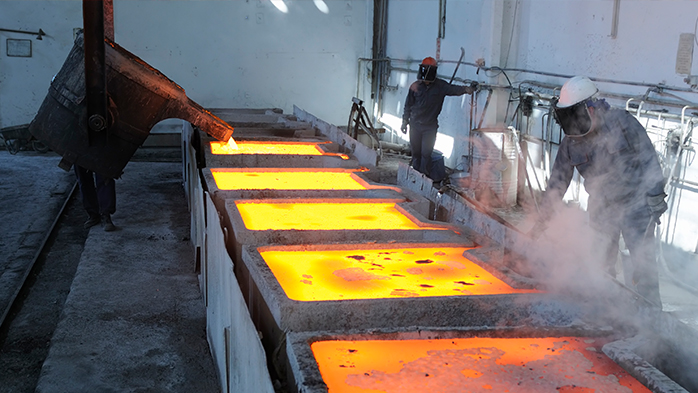Global copper smelting slides in March on Chinese shortages

Global copper smelting slipped to the lowest levels in at least five years in March as top producer China failed to recover following the Lunar New Year holiday due to supply shortages, data from satellite surveillance of copper plants showed.
Weakness was seen across the board as other regions, which had been hit by pandemic-linked lockdowns, failed to make up for decline in China, satellite service SAVANT and broker Marex Spectron said in a joint statement on Thursday.
“The margin pressures smelters face from a shortage of concentrates has been closely followed but activity within Asia seems highly sensitive to that factor,” said Guy Wolf, global head of analytics at Marex, which helped to develop SAVANT.
“In addition, the lockdowns in Europe, combined with maintenance elsewhere, have resulted in this exceptionally weak activity level globally.”
Earth-i, which specialises in geospatial data, launched its SAVANT service late last year, tracking more than 100 smelters representing 80% to 90% of global production.
It sells data to fund managers, traders and miners and publishes a free monthly index of global copper smelter activity.
Its global dispersion index fell to an average of 39.8 in March from 45.8 a month earlier. That was the lowest ever monthly average in the dataset, which goes back to March 2016.
Under SAVANT’s dispersion index, 50 points indicate smelters are operating at the average level of the last 12 months. It also has a second index showing the percentage of active smelters.
China, the world’s top refined copper producer, declined to 40.7 in March from 42.0 in February. Europe slipped to 32.4 in March from 43.0 a month before while North America dropped to 32.3 from 44.1 in February.
(By Eric Onstad; Editing by David Evans)
More News
{{ commodity.name }}
{{ post.title }}
{{ post.date }}

Comments
Adolfo
I Will like to know about buying minerals